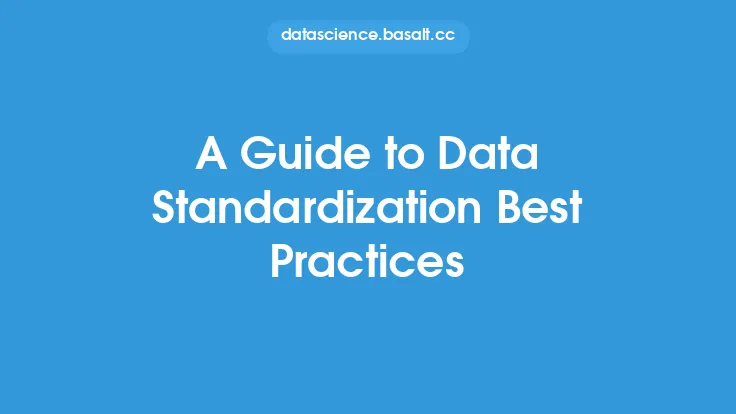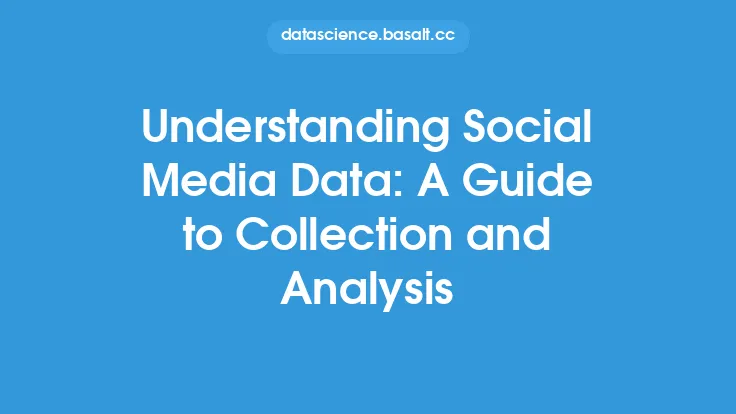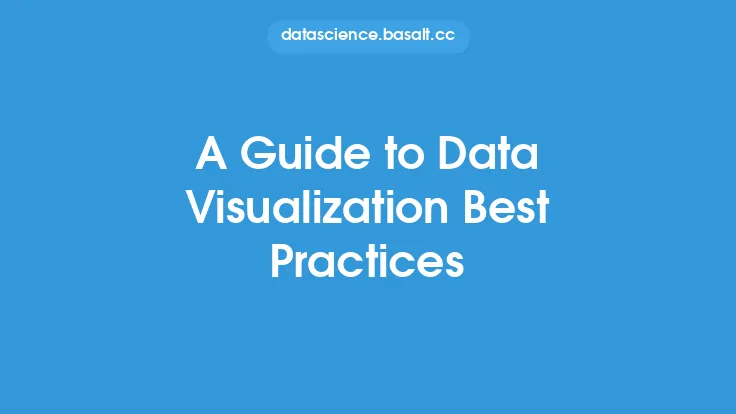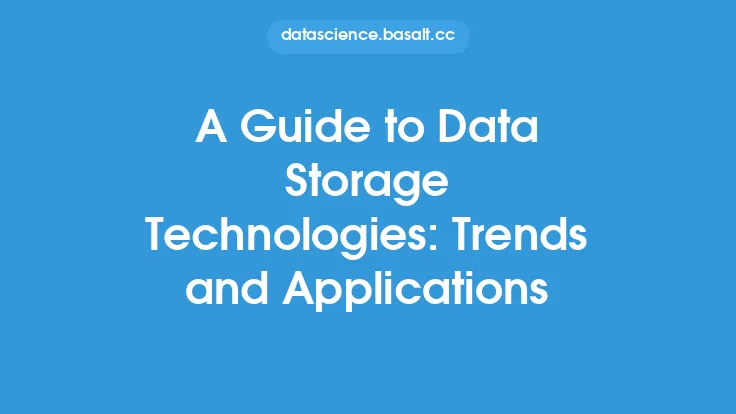Data transformation is a critical step in the data mining process, as it enables the conversion of raw data into a format that can be easily analyzed and interpreted. This process involves a series of methods and techniques that are used to transform, format, and clean data, making it more suitable for analysis and modeling. In this article, we will delve into the various methods and best practices of data transformation, providing a comprehensive guide for data professionals and enthusiasts alike.
Introduction to Data Transformation Methods
Data transformation methods can be broadly categorized into two main types: structural transformation and semantic transformation. Structural transformation involves changing the format or structure of the data, such as aggregating or disaggregating data, while semantic transformation involves changing the meaning or interpretation of the data, such as converting categorical variables into numerical variables. Some common data transformation methods include data normalization, data aggregation, data discretization, and data feature scaling. Each of these methods has its own strengths and weaknesses, and the choice of method depends on the specific requirements of the project and the characteristics of the data.
Data Normalization Techniques
Data normalization is a technique used to rescale numeric data to a common range, usually between 0 and 1, to prevent features with large ranges from dominating the model. There are several data normalization techniques, including min-max scaling, z-score normalization, and logarithmic scaling. Min-max scaling is a simple and widely used technique that rescales the data to a common range, usually between 0 and 1, by subtracting the minimum value and dividing by the range of the data. Z-score normalization, on the other hand, rescales the data to have a mean of 0 and a standard deviation of 1, by subtracting the mean and dividing by the standard deviation. Logarithmic scaling is used to reduce the effect of extreme values and to make the data more normally distributed.
Data Aggregation Techniques
Data aggregation involves combining multiple values into a single value, such as calculating the mean or sum of a set of values. There are several data aggregation techniques, including grouping, pivoting, and rolling up. Grouping involves dividing the data into groups based on one or more variables and calculating aggregate values for each group. Pivoting involves rotating the data from a row-based format to a column-based format, or vice versa, to facilitate analysis and reporting. Rolling up involves aggregating data from a detailed level to a summary level, such as calculating the total sales for a region.
Data Discretization Techniques
Data discretization involves converting continuous data into discrete data, such as converting a continuous variable into a set of categories. There are several data discretization techniques, including binning, histogram-based discretization, and clustering-based discretization. Binning involves dividing the data into equal-sized bins and assigning each value to a bin. Histogram-based discretization involves creating a histogram of the data and using the histogram to determine the optimal bin boundaries. Clustering-based discretization involves using clustering algorithms to group similar values together and assigning each group to a category.
Data Feature Scaling Techniques
Data feature scaling involves scaling the data to have similar magnitudes, to prevent features with large ranges from dominating the model. There are several data feature scaling techniques, including standardization, normalization, and logarithmic scaling. Standardization involves subtracting the mean and dividing by the standard deviation, to rescale the data to have a mean of 0 and a standard deviation of 1. Normalization involves rescaling the data to a common range, usually between 0 and 1, to prevent features with large ranges from dominating the model. Logarithmic scaling involves reducing the effect of extreme values and making the data more normally distributed.
Best Practices for Data Transformation
Data transformation is a critical step in the data mining process, and there are several best practices that should be followed to ensure that the data is transformed correctly and effectively. Some of these best practices include documenting the data transformation process, testing the data transformation process, and validating the results. Documenting the data transformation process involves keeping a record of the transformations applied to the data, including the methods used and the parameters selected. Testing the data transformation process involves verifying that the transformations are correct and effective, by applying them to a sample dataset and checking the results. Validating the results involves checking the transformed data for errors and inconsistencies, and verifying that it is suitable for analysis and modeling.
Common Challenges in Data Transformation
Data transformation can be a challenging task, especially when dealing with large and complex datasets. Some common challenges in data transformation include handling missing values, dealing with outliers and anomalies, and preserving data quality. Handling missing values involves deciding how to handle missing values, such as imputing them with mean or median values, or using more advanced techniques such as multiple imputation. Dealing with outliers and anomalies involves identifying and handling extreme values, such as using techniques such as winsorization or trimming. Preserving data quality involves ensuring that the data is accurate, complete, and consistent, by using techniques such as data validation and data cleansing.
Tools and Technologies for Data Transformation
There are several tools and technologies available for data transformation, including programming languages such as Python and R, data transformation software such as Excel and SQL, and big data technologies such as Hadoop and Spark. Python and R are popular programming languages used for data transformation, due to their extensive libraries and frameworks for data manipulation and analysis. Excel and SQL are widely used software for data transformation, due to their ease of use and flexibility. Hadoop and Spark are big data technologies used for data transformation, due to their ability to handle large and complex datasets.
Conclusion
Data transformation is a critical step in the data mining process, as it enables the conversion of raw data into a format that can be easily analyzed and interpreted. By understanding the various methods and techniques of data transformation, data professionals and enthusiasts can ensure that their data is transformed correctly and effectively, and that it is suitable for analysis and modeling. By following best practices and using the right tools and technologies, data transformation can be a powerful tool for unlocking insights and knowledge from data.





